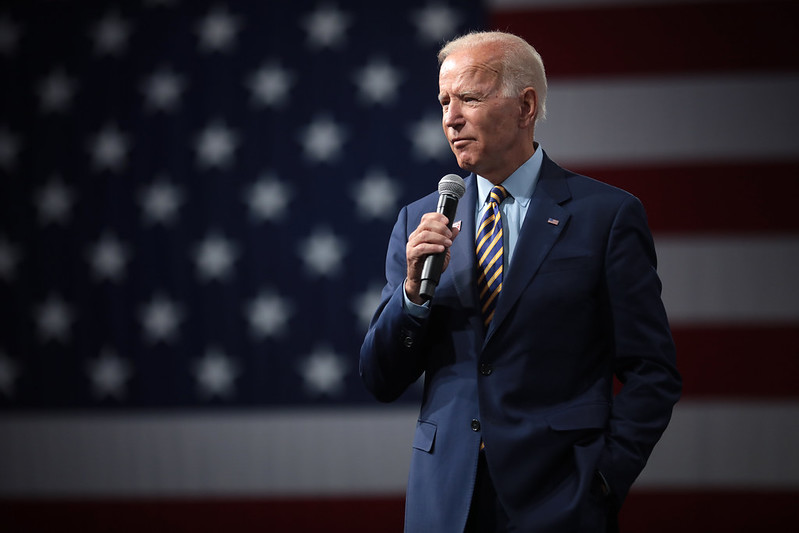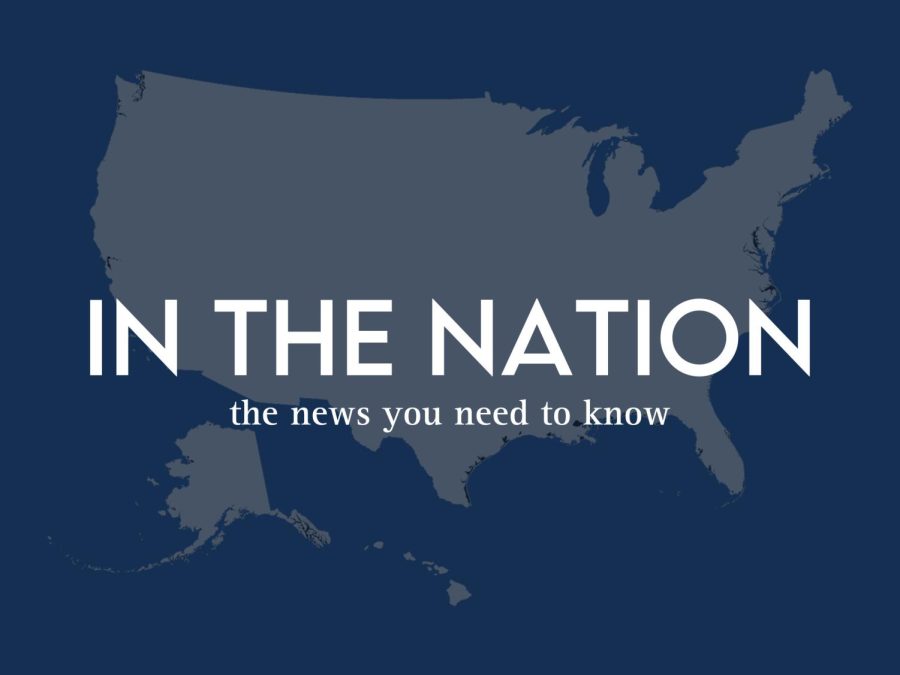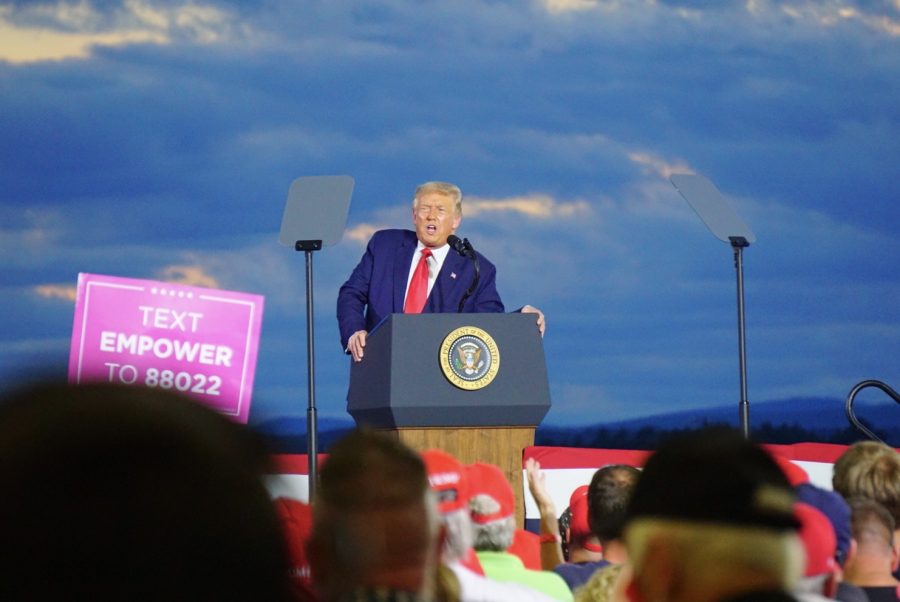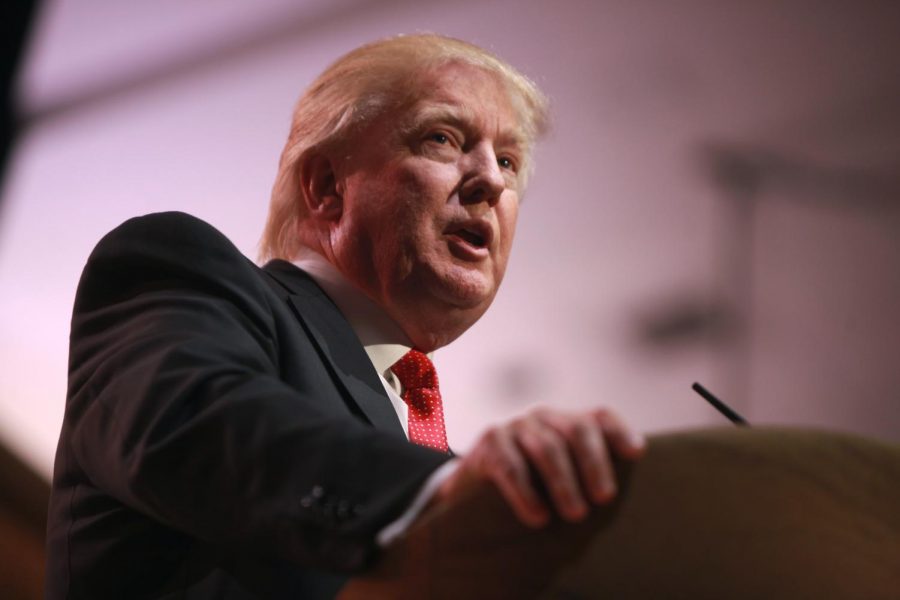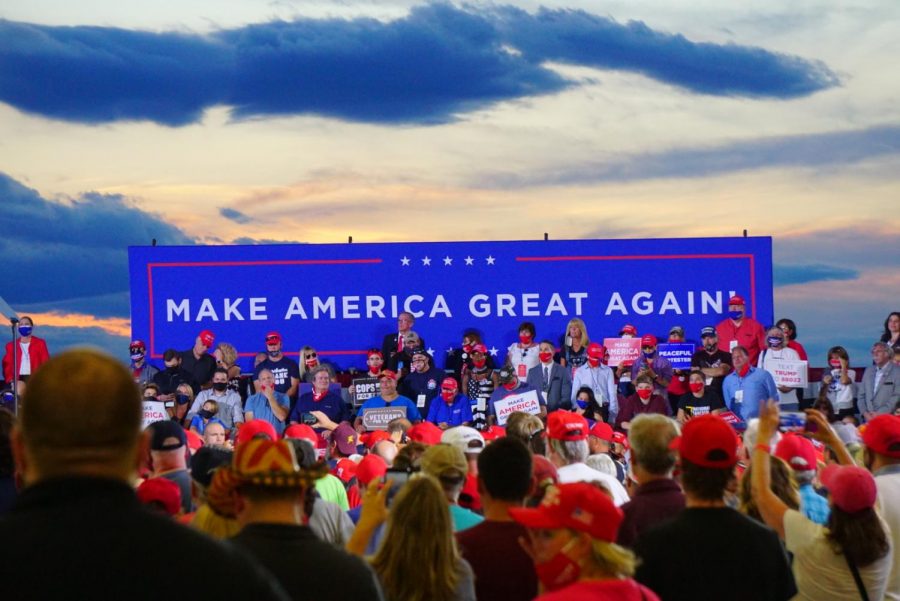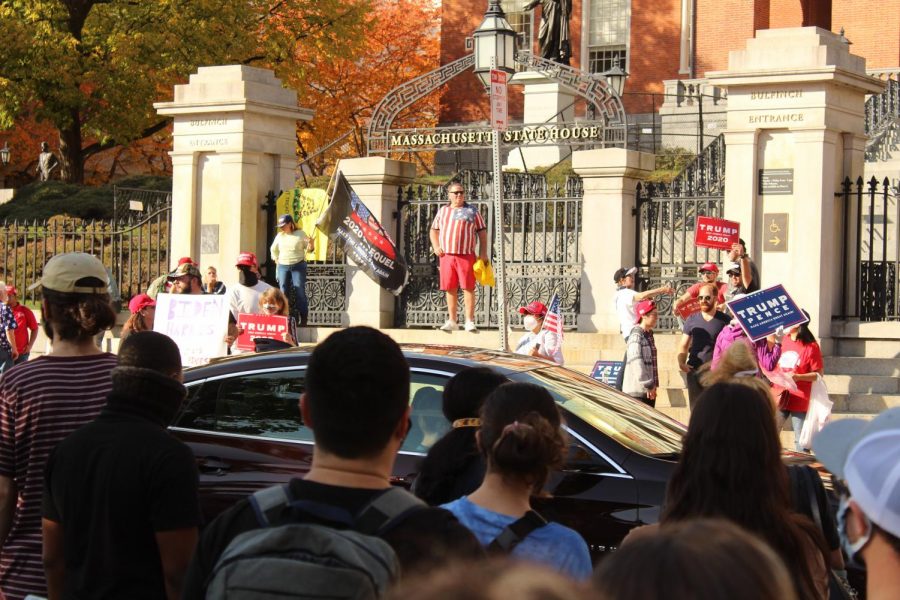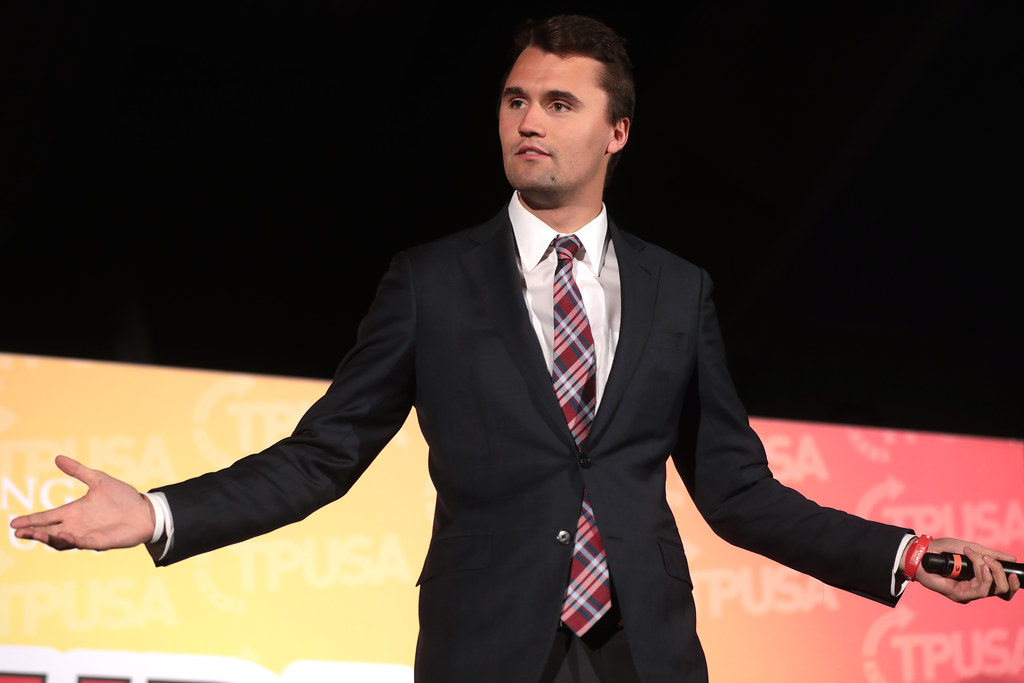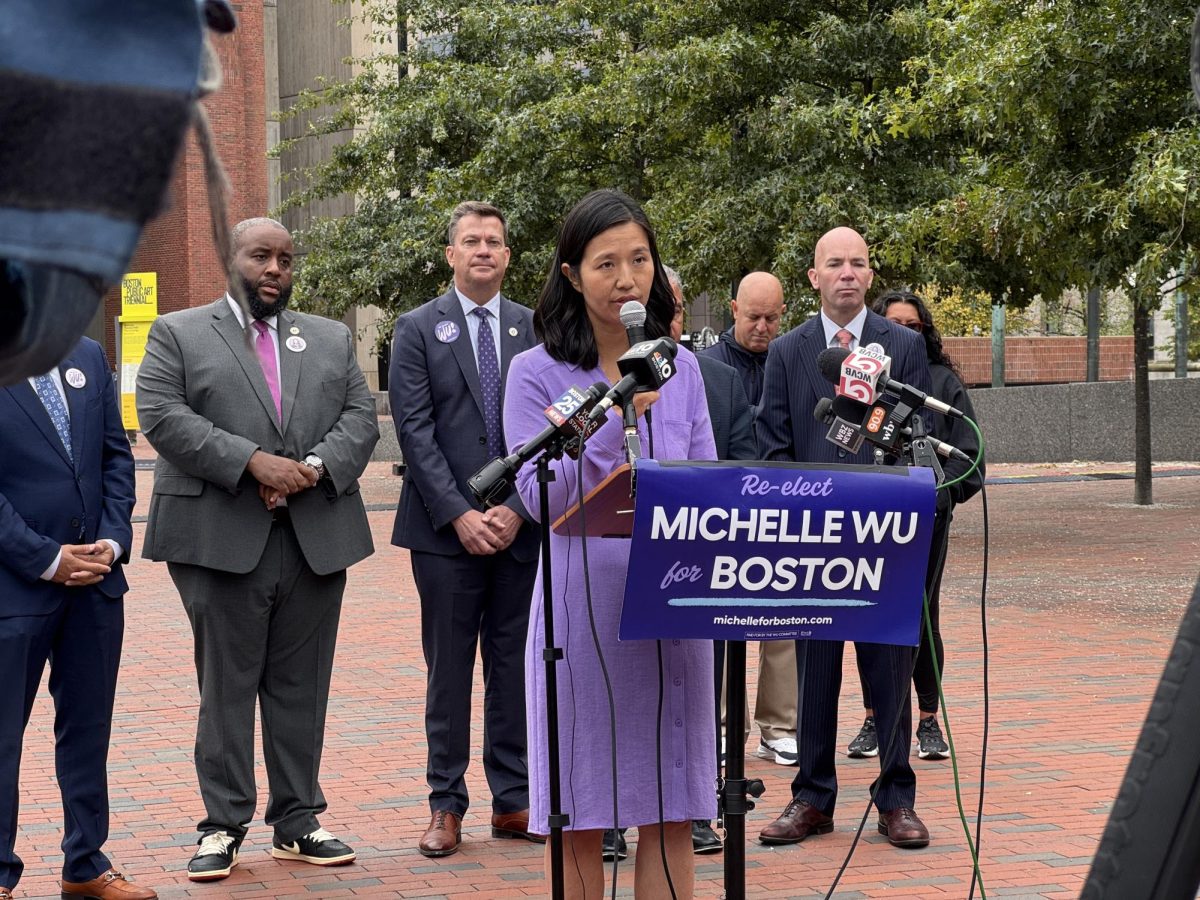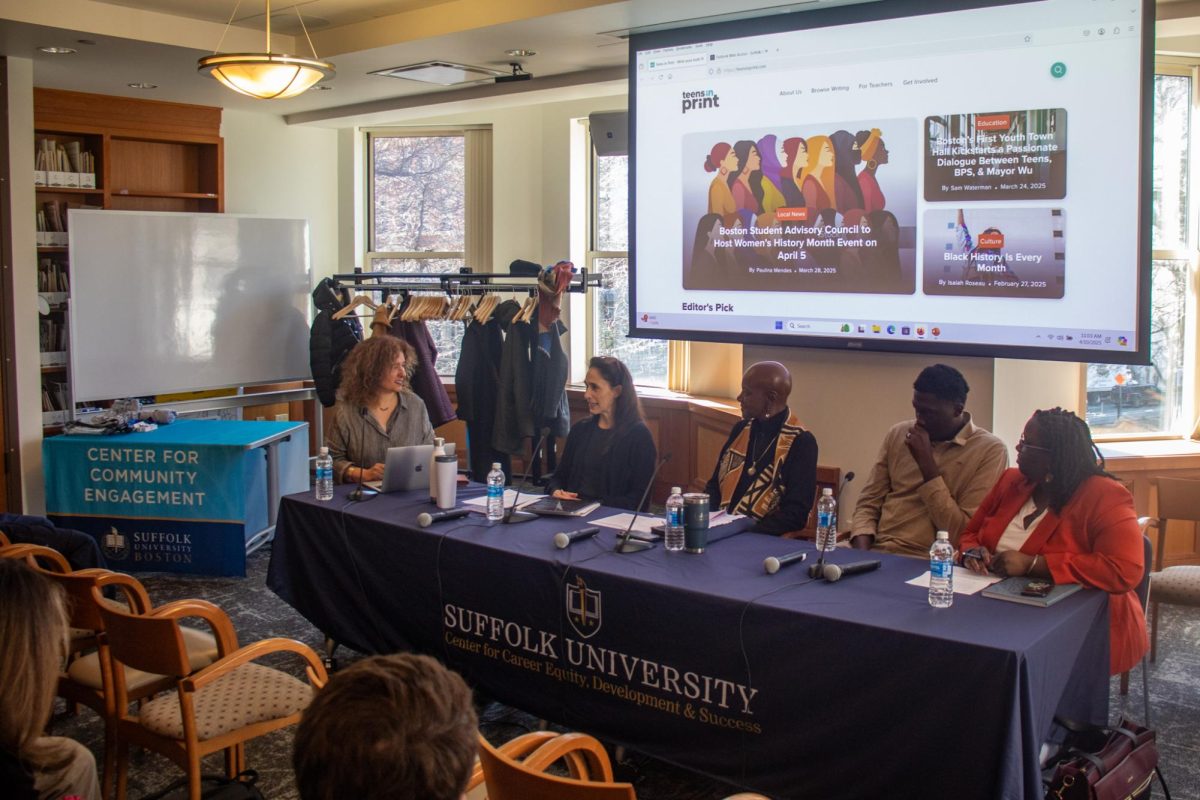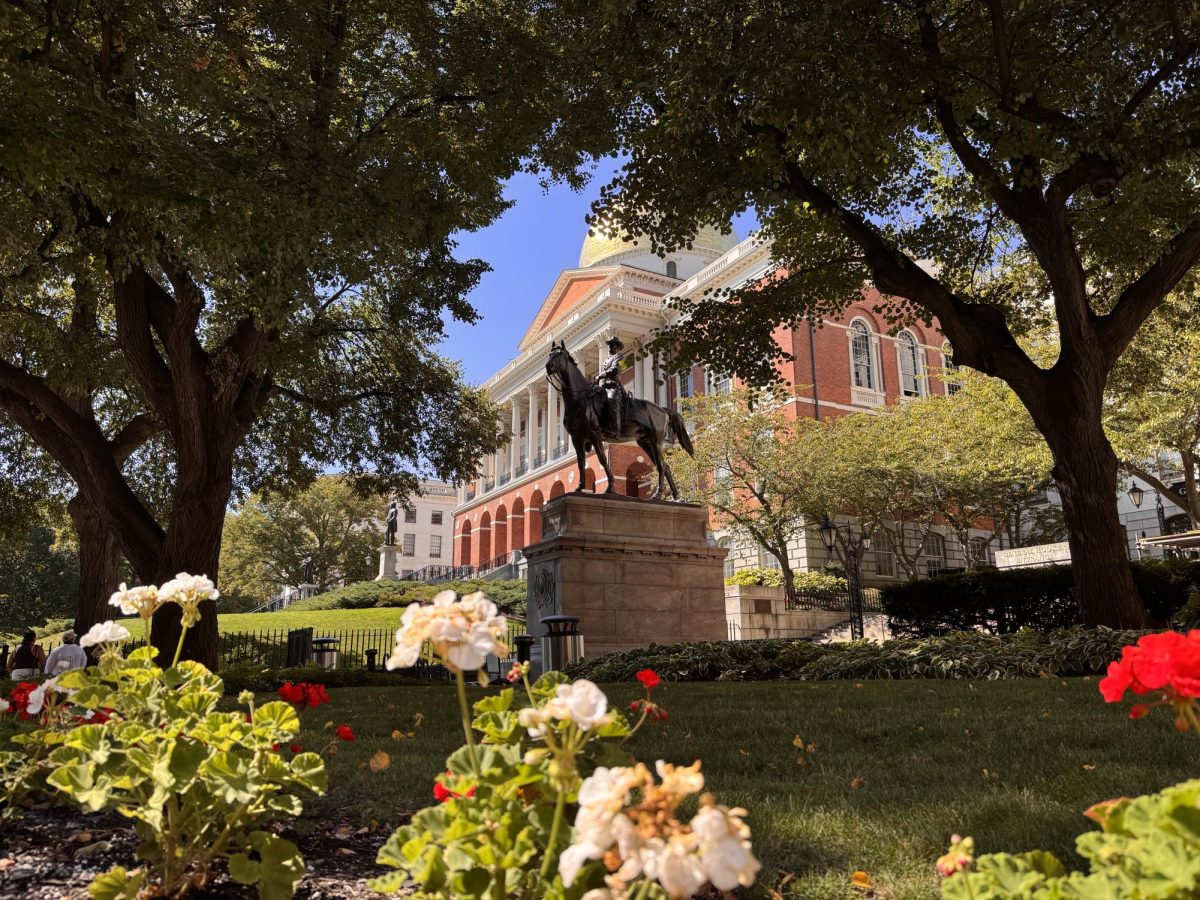Vermont Sen. Bernie Sanders’ chance at becoming the Democratic nominee looks grim at best.
Though Sanders is still in the race, it is becoming increasingly clear that Biden is the presumptive nominee after his surge in the month of March.
Biden got off to a slow start in the race, winning only 15 delegates in the first three primary and caucus states during February.
Sanders, on the other hand, became the front runner in February when he collected wins in New Hampshire and Nevada, only narrowly losing to former South Bend Indiana Mayor Pete Buttigieg in the delegate count in Iowa. Sanders entered South Carolina with 45 delegates; a big start to the voting season.
But when Biden and the rest of the candidates got to South Carolina, everything changed.
The South Carolina primary on Feb. 29 was long seen as Biden’s “firewall,” a diverse state where Biden had polled well and spent a lot of time campaigning. When election night finally rolled around there, the state was called for Biden within minutes of polls closing.
After Biden’s blow-out win in South Carolina, where he won 48.7% of the vote to Sanders’ 19.8%, the writing was on the wall for Buttigieg and Minnesota Sen. Amy Klobuchar, Biden’s fellow moderates who were still in the race. It was time for Biden to build a coalition, not just to defeat President Donald Trump, but to take down Bernie Sanders.
Buttigieg and Klobuchar both ended their bids for the White House after disappointing finishes in South Carolina, and before Super Tuesday on March 3, each gave their endorsements to Biden. Many believe these moves were done to have the moderate wing of the party rally around a single candidate to block Sanders from running away with the race.
However, despite Biden’s strong performance, Sanders was still seen as the front runner.
Then Super Tuesday happened.
Biden won 10 states, including surprise wins in Massachusetts and Texas, and was the decisive winner on Super Tuesday.
Biden took the lead in delegates after Super Tuesday, but it wasn’t insurmountable for the Sanders campaign to overcome. It became clear that the race was going to be a two-man struggle between Biden and Sanders.
After that, Biden got hot.
Biden won five of six states, including a close win in Washington, on what some call “Mini Super Tuesday” on March 10, then swept the board in primaries conducted in three states on March 17.
It became clear after these victories that Biden was the new front runner in the race, and many pundits referred to him as the presumptive Democratic nominee.
Since those March 17 primaries, the race has taken a back seat to the coronavirus pandemic, an issue which both candidates criticized President Trump’s response to.
Many of the states that had upcoming contests moved their primary dates further down the calendar, possibly only delaying the end of the Sanders campaign.
As a front runner, Sanders, for much of the month of February, led the polls by a large margin over Biden and the other candidates who one by one dropped out. But in the month of March, Biden’s polling number shot up to the current average of 52% to Sanders 34%, according to the New York Times.
Sanders recently acknowledged that he has a “narrow path” to the Democratic nomination
Since Super Tuesday, Sanders has been on the ropes. Despite his massive fundraising, despite his energetic base and despite overcoming a heart attack during the campaign, it seems Sanders’ campaign days are numbered.


